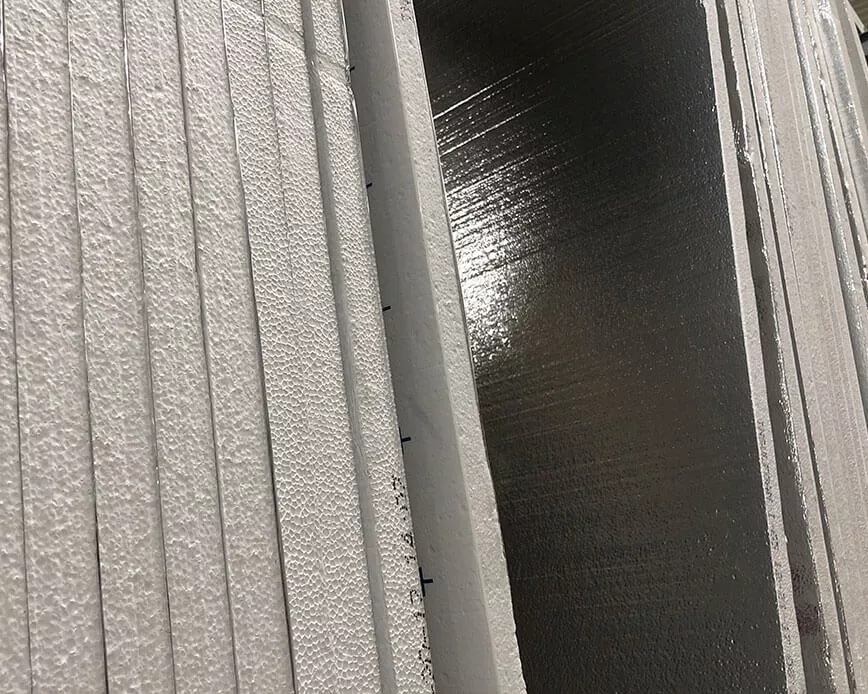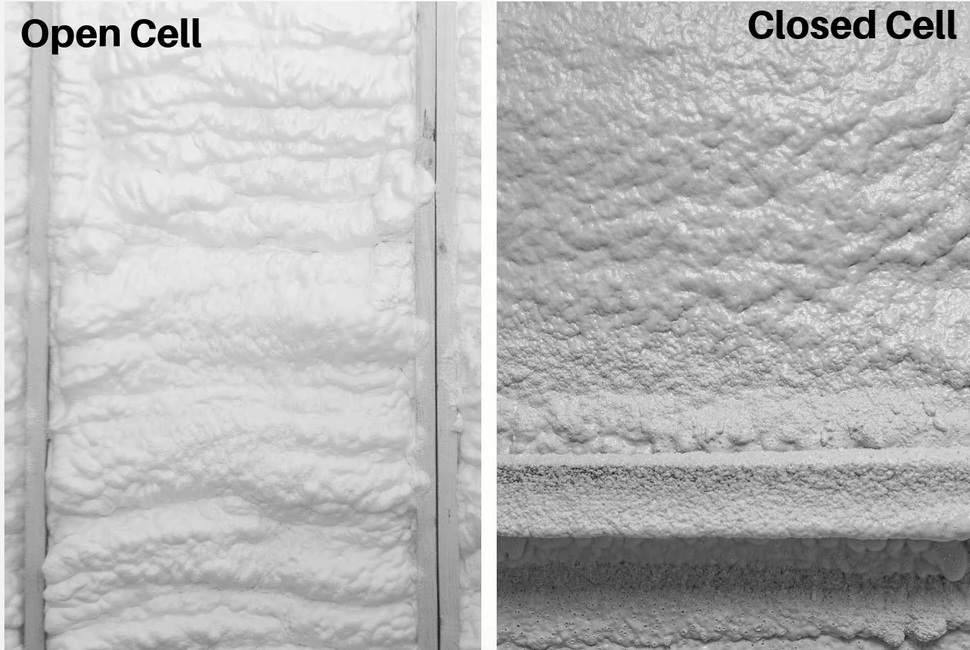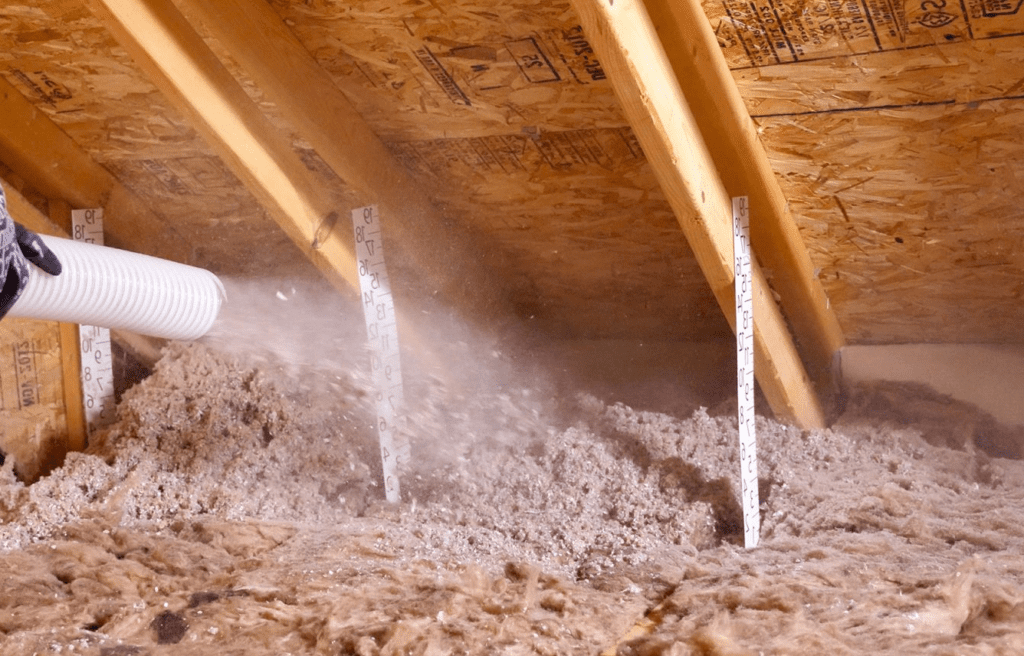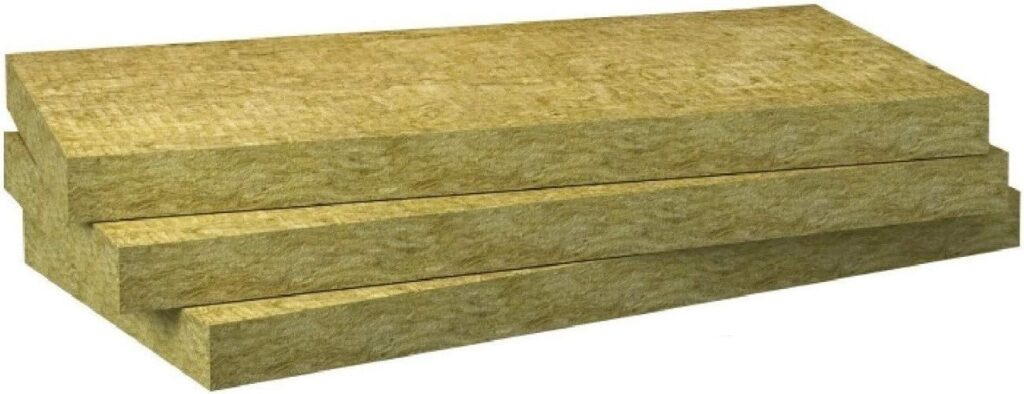When it comes to ensuring your home or commercial building is energy efficient, comfortable, and environmentally friendly, insulation plays a pivotal role. At RPK Construction, we believe that understanding the different types of insulation and their installation methods is crucial for making informed decisions. Here’s a closer look at the various insulation options available and how they can be effectively installed.
Why Insulation Matters
Insulation serves as a barrier against heat transfer, keeping your home warm in the winter and cool in the summer. Not only does proper insulation enhance comfort, but it also significantly reduces energy bills and your carbon footprint. In fact, a well-insulated building can save as much as 20% to 30% on heating and cooling costs!
Types of Insulation
Fiberglass Insulation

Description: This is one of the most common types of insulation, composed of tiny glass fibers. Fiberglass insulation is available in batts, rolls, or loose-fill form.
Pros: It’s non-combustible, resistant to moisture, and has excellent thermal performance. It’s also relatively affordable.
Cons: Handling fiberglass can cause skin irritation, and improper installation can lead to gaps and reduced efficiency.
Foam Board Insulation

Description: Rigid foam boards are made from polystyrene, polyisocyanurate, or plywood. They provide a high insulation value for relatively little thickness.
Pros: Foam boards offer excellent energy efficiency, especially for foundation walls, basement walls, and above-grade walls.
Cons: They can be more expensive than fiberglass and require careful cutting to fit snugly.
Spray Foam Insulation

Description: This type of insulation is applied as a liquid that expands to fill gaps and cracks. There are two main types: open-cell and closed-cell.
Pros: Spray foam provides an excellent air seal and high R-value, making it ideal for uneven surfaces and hard-to-reach areas.
Cons: It requires professional installation and can be on the pricier side.
Cellulose Insulation

Description: Made from recycled paper products, cellulose insulation is treated for fire resistance and is often used as loose-fill insulation.
Pros: It’s an eco-friendly option, has good thermal properties, and can be blown into existing walls.
Cons: It can settle over time, which may reduce its effectiveness, and requires professional installation for optimal results.
Mineral Wool (Rock Wool) Insulation

Description: This insulation is made from natural rock and recycled steel slag. It is available in batts or loose-fill form.
Pros: It’s fire-resistant, water-repellent, and has excellent sound-dampening qualities.
Cons: Like fiberglass, it can irritate the skin, and it may require a vapor barrier in certain applications.
Choosing the right insulation for your building involves considering factors like climate, budget, and specific needs. At RPK Construction, our team is ready to provide you with expert advice on selecting and installing insulation that meets the highest standards of quality and efficiency. Efficient insulation not only protects your investment but also enhances your comfort and contributes to a greener planet. Contact us today for a consultation!

Recent Comments